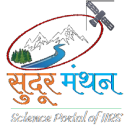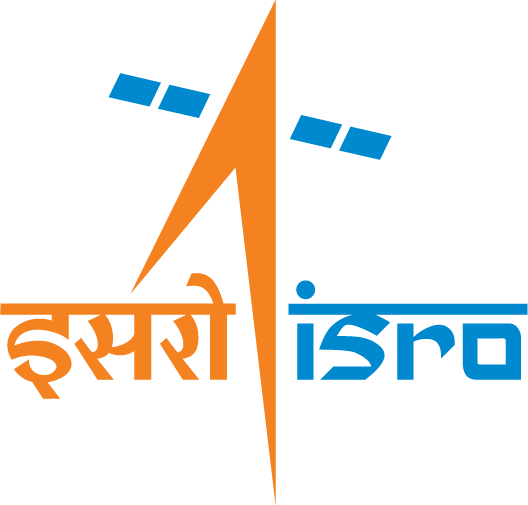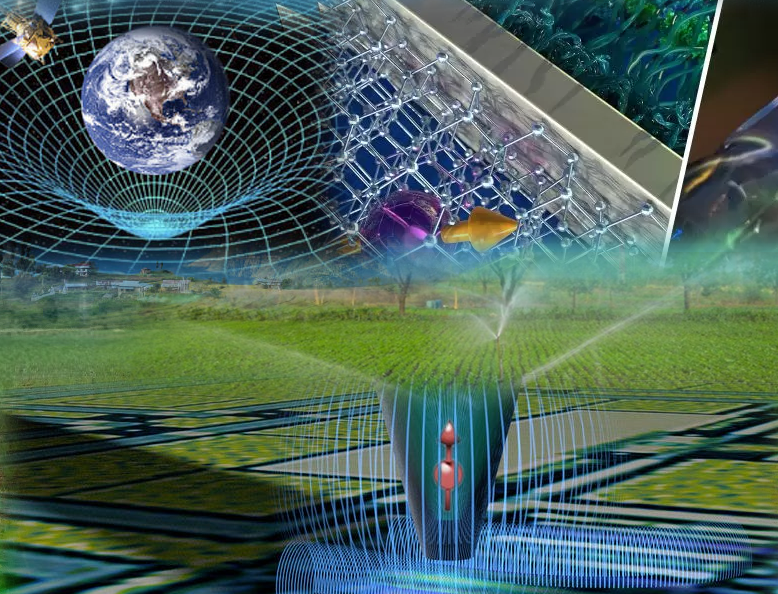Current sensing technology operates within the electromagnetic spectrum, covering wavelengths ranging from tens of micrometers to meters. However, newer Remote Sensing (RS) instruments utilizing quantum sensing at the Nano to Femto scale are set to unveil internal structures of objects, necessitating a shift towards quantum spectral domain in Remote Sensing. Quantum remote sensing involves theories and methods that observe energy (particles) movement (electrodynamic) and interactions based on quantum principles. This approach requires redefining the states of participants in remote sensing—such as electromagnetic (EM) waves, objects (features of interest and non-interest like atmospheric interference), and sensors—based on Schrödinger’s equation rather than Maxwell’s equations and their derivatives.
Maxwell’s equations are scale-invariant and explain electromagnetic (EM) interactions very effectively within wavelength ranges from tens of nanometers to meters, based on theoretical concepts within bounded volumes falling within sensor’s path. However, they are reaching their limits as we move into the terahertz and beyond. Classical remote sensing, based on Maxwell’s equations, considers quantized states. In contrast, quantum remote sensing, based on Schrödinger’s equation, considers both stable (quantized) and continuous (unstable) states. Classical remote sensing views EM waves as either reflected from or trapped inside opaque surface materials, whereas quantum states allow for penetration across surface boundaries.
The basic concepts of quantum remote sensing include:
- Non-Locality: Simultaneous path of states flow (evolution) and its collapse upon measurement to any of the stable state.
- Wave-Particle Duality: Particles exhibit both wave and particle properties simultaneously.
- State Coexistence: Particles can exist simultaneously in multiple states.
- Tunneling: Due to their wave nature, particles can penetrate volume barriers.
- Quantum Entanglement: A dependence of interaction phenomenon which governs the state of evolution of interacting particles independent of space.
These basic concepts lead to the study of objects not as a whole, but as collections ‘interaction’ of particles. This new approach changes fundamental concepts in remote sensing such as reflection, refraction, diffraction, and interference. Maxwell defined these concepts based on physical surface barriers, whereas Schrödinger defined them based on potential barriers. Additionally, measurement of these phenomena in Maxwell’s framework relies on amplitude or intensity EM wave, whereas quantum remote sensing is based on probabilistic measurements EM as particles.
It also led to differences in the sensor design as their information collection is different. The development of quantum-based imaging sensor has RS applications in the quantum optical imaging and quantum correlated imaging. The first requires a single optical imaging system where the second requires two or more quantum light detectors. Fig shows the usage of quantum light spectroscopy technique based on the entangled two-photon absorption revealing the properties which cannot been seen in classical spectroscopy and have application in the area low-intensity detection scheme in quantum light-based spectroscopy and microscopy domain [2].
This article is the first of the series of quantum remote sensing covering the concept of Quantum remote sensing.

Bacteria evaluated in different plant root microenvironments (a) using microscope images of bacteria in root hairs with classical light (b) and using 100,000-fold lower quantum light colors (c) that avoid light damage. Image Source [3]
References
[1] Siwen Bi “Quantum remote sensing theory and practice”, Proc. SPIE 10765, Infrared Remote Sensing and Instrumentation XXVI, 1076505 (18 September 2018); https://doi.org/10.1117/12.2318263
[2] Varnavski, Oleg, Giri, Sajal Kumar, Chiang, Tse-Min, Zeman, IV, Charles J., Schatz, George C., & Goodson, III, Theodore. “Colors of entangled two-photon absorption”. United States. https://doi.org/10.1073/pnas.2307719120
[3] Biological and Environmental Research, University of Michigan. (2024, May 20). “Seeing the Color of Entangled Photons in Molecular Systems”.Url https://www.energy.gov/science/ber/articles/seeing-color-entangled-photons-molecular-systems



